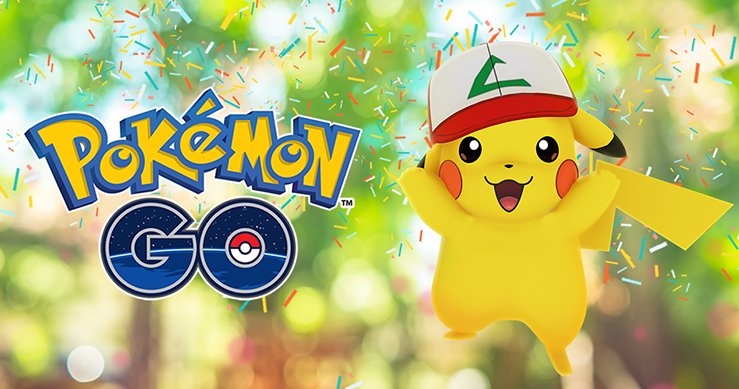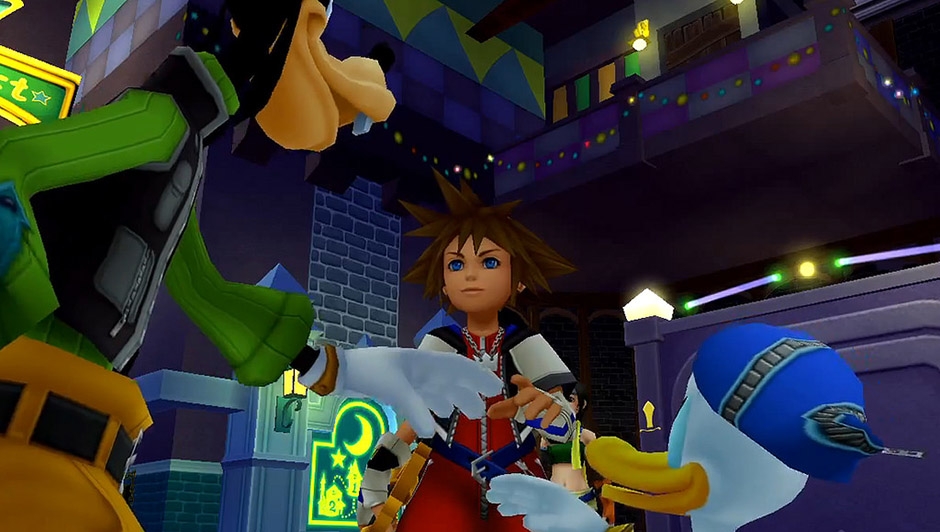

By Zach Landau | A&E Editor
Happy One-Year Anniversary to Pokémon GO. I guess.
Truth be told, I am just impressed that The Pokémon Company didn’t completely abandon GO at this point. Despite being immensely popular (believe it or not, it is — its team announced over 750 million copies were downloaded as of last month), the game both was and is broken. The game takes forever to load, still crashes too often, is unplayable for anyone who isn’t able-bodied and living in a city and drains battery life like some digital vampire.
There’s no denying that dysfunctionality, and in order to make good on promises made by Niantic and The Pokémon Company, a lot of money and time has to be put into the game.
And good on them for committing to try to make GO a better experience. While any other company would have grabbed the money and ran, Niantic has demonstrated an honest effort to make those dedicated enough to still be playing the mess have fun doing so.
That’s an admirable amount of responsibility, and there are a couple of areas where even Game Freak, the makers of the “mainline” Pokémon games, could take some pointers.
1. Games as a service
While probably inevitable, GO has received many major updates over the past year. From adding Johto Pokémon to revamping Gyms to adding new items, these content updates have offered incentives for players to keep checking their phones, if only to see what new has been added since the last time they logged in.
That model would be a perfect one for the mainline series, as the post-games for the last few generations have been sorely lacking. Without anything engaging to sink their teeth into, players are either left to abandon the game until the next entry, tackle a mediocre post-story that amounts to a series of easy battles, face the requisite challenge mode of beating a long series of trainers or try and enter the abyss that is the competitive scene (see below for why that’s a nightmare in and of itself).
And that just really isn’t fun for most. However, if Game Freak were to keep adding updates to their games as the year progressed, they would create an incentive to not only keep playing their games but to also keep talking about them. Gaming sites and podcasts would have something to say every month about Pokémon, keeping the franchise in the limelight.
This would be especially appreciated because the latest entries were rather lackluster when it came to their roster. Sporting only just more than 300 out of 802 Pokémon is disappointing to say the least, especially when the previous main entries, X and Y, had almost 600 out of 721 Pokémon obtainable in-game. Imagine, then, if every couple of months, a patch was released to add another 20 or so to the game. It’s easy to do, and it would make people curious to check back in with the games.
Admittedly, Game Freak has tried this by releasing Mega Stones about once a month, but that hardly counts as substantial if you do not care about competitive play. More meaty updates, like the ones seen in GO, would breathe some fresh air into games that went stale soon after release.
2. Building a community
If nothing else, Pokémon GO did a fantastic job in getting a lot of people excited in the series again. And for a small, dedicated group of fans, that community still thrives today. With events and newly introduced Raid Battles, GO has created many opportunities for fans to whip out their phones and team up to capture and fight again.
Like updates, however, these types of events have not been implemented into the main series — or rather they have, but not as effectively as in GO. The community events in Sun and Moon are boring: collect this many beans, hatch this many eggs, etc. These tasks don’t really carry the same flare as taking down a well-fortified gym or an incredibly strong opponent together. Events like seasonal swarms (where certain types or species of Pokémon appear in greater numbers) and boss-like Raid Battles bring players together more than nebulous goals of gathering a million berries or whatever.
3. Simple is sometimes better
Over a decade ago, Pokémon gave itself a sort of soft reboot. While not changing the core battling and exploring formula, Pokémon Ruby Version and Sapphire Version added tons of bells and whistles to the backend of the series. Abilities, IVs, EVs, Natures and all sorts of stats were either introduced or overhauled, leading to a game that is actually quite complicated to comprehend. Hardcore fans have spent the better part of this past decade developing guides, tools, apps and various other helpful ephemera to navigate an experience best replicated by having a statistician compress your temples while reading from Excel spreadsheets flashing before your eyes.
As someone who spent time trying to get into this nonsense, I can assure you that it is as maddening as it sounds. Which is why I love that all that nonsense (barely) matters in Pokémon GO. One Pokémon can feasibly be as strong as any other, with the only number dictating its success is that nice big, fat one hanging over its head.
No hours need be wasted on breeding, training or grinding; just figure out which creature has the bigger number and throw it in the Gym. Done. Easy. It was great to see Pokémon like Golbat and Hypno during GO’s early days, two incredibly weak and almost completely forgettable monsters, holding their own in Gym battles — and to see people using their favorites regardless of the rigmarole that goes into the main series was delightful.
The appeal of the series has always been the Pokémon themselves, but with the complicated mess that is the metagame, playing with other people tends to revolve around a small batch of 20-40 of them (as compared to the total of 802). Stripping a lot of the tangled mess would be “dumbing down” the series, but it would have an overall positive impact for its social aspect as well. Besides, it’s a game for kids, so they get nothing out of secret stats and spreadsheets.
Then again, Pokémon is also a series for adults, with a sizeable portion of the fanbase reaching their late 20s and early 30s. They don’t have time to read hundreds of forum pages and do advanced algebra to figure out how to play a game; they just want something that is easy to dip in and out of without having a second job of managing fictional creatures like a backwoods puppymill/cock-fighting ring.




